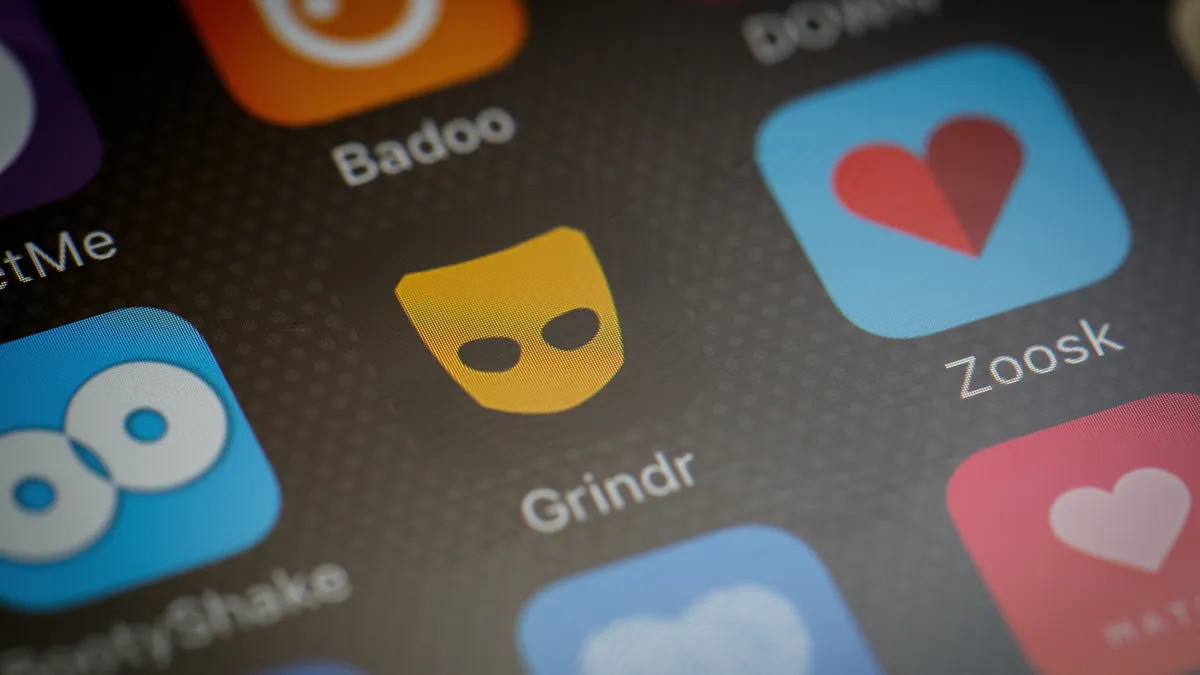When people think of today’s human capital management (HCM) software suites, employee engagement doesn’t pop immediately to mind.
After all, an effective HCM suite is mainly expected to deliver competitive advantages like faster and less labor-intensive talent management processes, streamlined workflows, improved communication, fewer data errors and enhanced legal compliance.
But according to Steven Kuhn, vice president at Criterion, an HCM software provider that plays primarily in the mid-market, HCM software today can deliver an unexpected advantage: better engagement and higher retention.
According to the Deloitte 2016 Global Human Capital Trends Survey, 85% of global executives and HR leaders say employee engagement is “very important” or “important,” yet just 11% say their engagement and retention programs are “excellent.”
“It might not seem apparent at first blush, especially since many factors impact employee engagement,” Kuhn says. “But today’s HCM platforms are sophisticated enough to drive engagement, if used right.”
Kuhn offers five ways that high-quality HCM tools can help HR leaders build engagement throughout the talent management lifecycle:
Recruiting
According to Kuhn, many employers undervalue their recruiting process as it relates to long-term employee engagement.
“The truth is, people should start feeling a connection to your company even before they become employees,” he says. “Otherwise, you’ll be fighting an uphill battle from the start.”
He explains that a quality applicant tracking system (ATS), part of an HCM, might serve as a major ally in this effort, especially in two key areas. For one, it helps determine the best talent sources and attract stronger candidates. You can track the quantity and quality of candidates coming in from your talent sources (e.g. job boards, social media sites, internal referrals, external recruiting sources), helping you focus on sources delivering talent that fits your company’s needs. And because you’re getting candidates that fit your company, this helps ensure you’re welcoming employees who are excited to be part of your team and eager to contribute from the start.
An ATS will also help employers offer a smooth hiring process, minus the unnecessary delays and communication problems that plague many organizations. As a result, new hires will carry this positive view of the company into their first days as employees.
Onboarding
When new hires arrive, both they and their new employers want them to “hit the ground running,” as the saying goes, but Kuhn says mounting evidence shows rushing people through the onboarding process can be a mistake. A report by the Partnership for Public Service and Booz Allen Hamilton, for instance, found that effective onboarding improves employee performance by 11.3% and increases employee engagement and retention.
HCM tools are highly valuable in culture integration efforts, too. For example, some tools include portals that allow you to share videos and documentation about your company. And because of their onboarding task management capabilities, they help ensure that all new employees receive the same general onboarding experience, and that nobody falls through the cracks.
Performance Management
“The best performance management systems are directly linked to employee engagement,” Kuhn says. Such systems offer automated tools for rewarding employees who perform beyond expectations, supporting employee engagement efforts across the entire workforce. According to a 2015 study by SHRM and Globoforce, 83% of respondents said their employee recognition efforts had a positive impact on employee engagement.
Performance management systems facilitate quality, consistent and relevant feedback. There are two feedback areas of note, Kuhn says. Quality performance management (PM) systems help make periodic reviews more efficient and valuable, so employees are not only more likely to be engaged, but are also more likely to be focused on what’s most critical to the company. Quality PM systems also allow managers to provide immediate, continuous feedback, encouraging employee productivity and continuous employee engagement.
At the same time, this feedback can also be funneled into documentation for the periodic review, helping that review be more reflective of the employee performance over the whole period. Without an automated system, manager reviews often focus more on what the employee has done over the last month or two, Kuhn says.
Manager Self-Service
Research consistently shows that the most common reason employees leave their employers is because the relationship with their immediate manager is lacking. Often, the departing employee feels their manager does not communicate with them, listen to them or address their concerns.
Manager self-service available through quality HCM tools can address the issue, Kuhn says. Managers get instant, direct access to valuable information (such as journal notes entered by co-workers, other managers, etc.) that helps boost response time. Managers and supervisors can also quickly review time-off requests and performance reviews, boosting communications timeliness.
Employee Self-Service
Kuhn explains that quality HCM employee self-service tools give employees access to their demographic, payroll and benefit information, as well as to information about the company and its people. It can foster engagement because it empowers employees, shows them that their company trusts them, and helps them forge stronger connections with your company and their co-workers.
Other benefits of ESS include:
- Improved peer communication and employee connectivity
- Easier for employees find out how they fit into the company and how they can develop
- Better integration of employees into your company culture, by giving them access to data and media designed to instill cultural values
- Employees are better updated about company news and events.
Kuhn makes a special note that ESS works best if accessible via mobile device.
“After all, greater numbers of workers of all ages and in all functions are using mobile devices to get their jobs done, inside and outside of the office,” he says.
In the end, Kuhn explains that if an employer isn’t using modern HCM software, employee engagement is probably taking a hit.
“Because employee engagement is connected with higher productivity, reduced turnover and higher customer satisfaction, not using HCM software could be significantly hurting your bottom line,” he says.





















